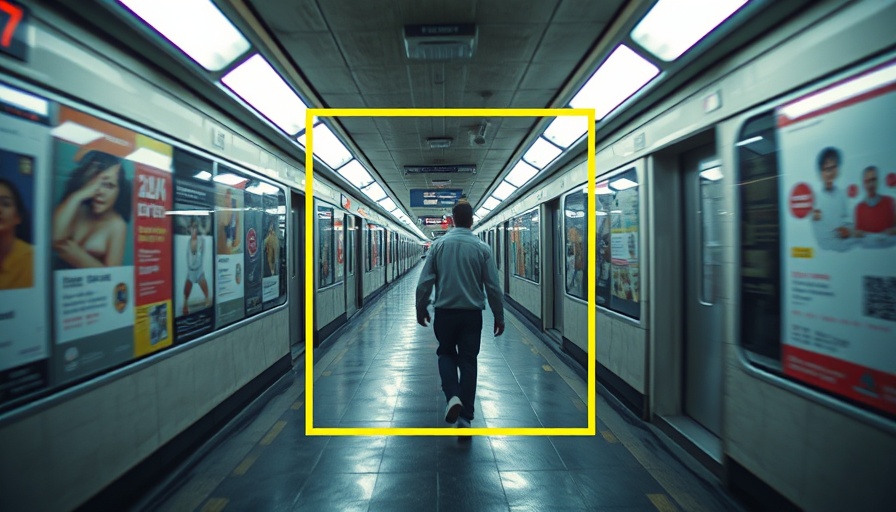
AI Surveillance: The Future of Monitoring?
The emergence of a new artificial intelligence tool, known as Track, is raising significant concerns regarding surveillance practices. Developed by Veritone, this innovative technology allows police and federal agencies to monitor individuals based on various physical attributes like body size, clothing, and hair color—without relying on traditional facial recognition techniques. As more states implement laws prohibiting the misuse of facial recognition, this new method circumvents those regulations and poses serious implications for civil liberties and privacy rights. The fact that over 400 entities, including police departments and universities across the U.S. have adopted this technology illustrates the rapid proliferation of surveillance capabilities within society.
Legal and Ethical Implications
The introduction of Track has prompted backlash, notably from the American Civil Liberties Union (ACLU), who described it as a significant step toward unauthorized policing tactics. As citizens become more concerned about their privacy, the social fabric is challenged by these developments. The demand for transparency in law enforcement practices becomes more critical, especially as communities seek to balance safety and security with individual rights.
Current Global Economic Shifts
Amid these discussions of surveillance, another significant development has arisen: a temporary deal between the United States and China to reduce tariffs. Issues of trade and technology are intricately linked, with consequences for the global economy. The tariff cuts—where U.S. tariffs are maintained at a staggering 30% while China reduces its levies from 125% to 10%—highlight ongoing tensions but also signify potential for economic stabilization. These changes have substantial implications not only for consumers but for tech companies navigating the complexities of international trade.
What This Means for the Tech World
As companies like OpenAI negotiate their future and engage in partnerships—even amidst concerns regarding intellectual property—it's evident technology is at a crossroads. For readers interested in the evolving nature of surveillance and international relations, understanding the nuances in these discussions is critical. Keeping an eye on how technology informs policy and societal norms is essential in dissecting the future landscape of both personal privacy and global commerce.
 Add Row
Add Row  Add
Add 




Write A Comment